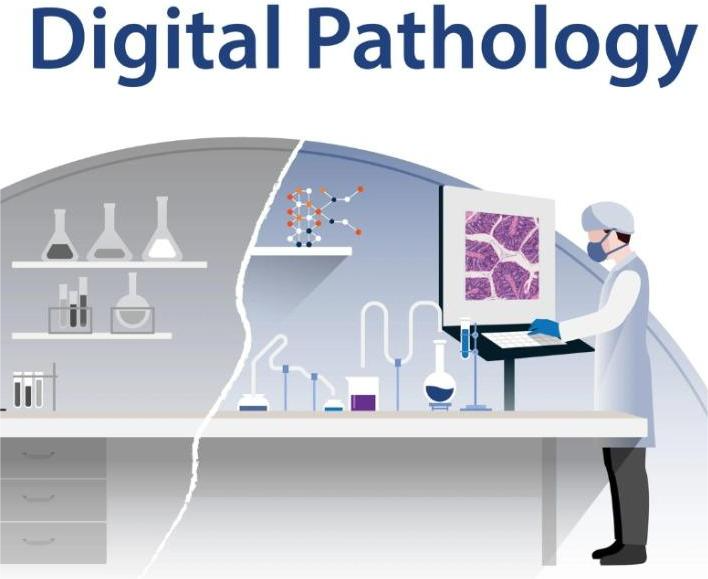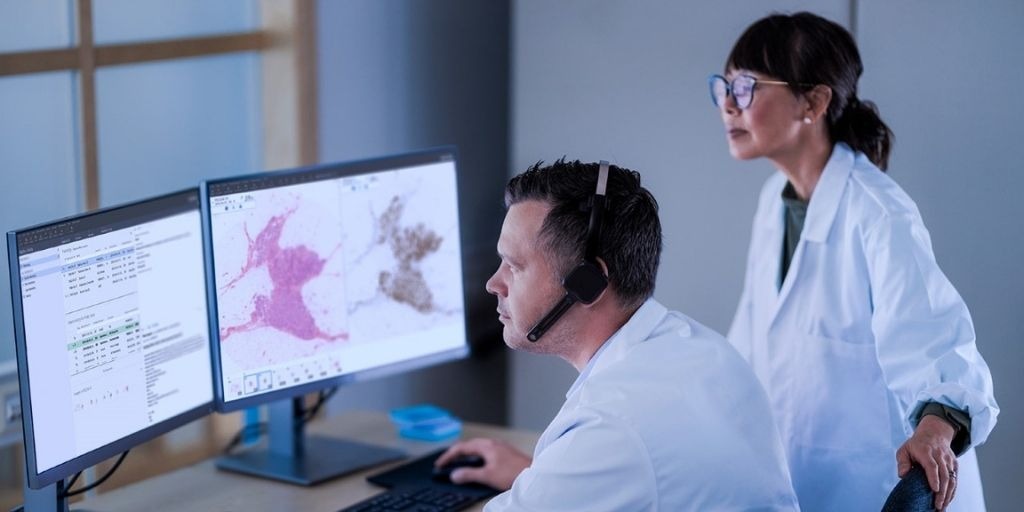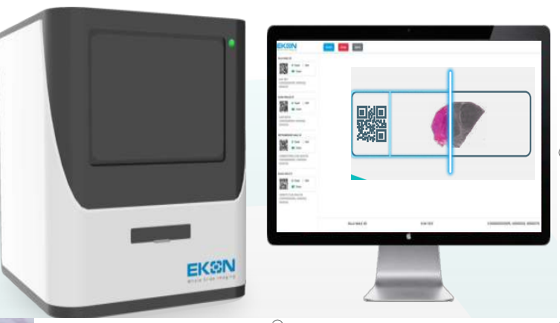
The Role of Laboratory information system for Patient management
Do you know what is a laboratory information system ?
The Laboratory information system(LIS) is also called Laboratory management system. Which is a digital platform or portal or website for health care related service. The LIS system keeps, stores, records and maintains, manages the data from patients during the medical process. In the laboratory, pathologists and lab technicians coordinate with each other to know a patient' health or medical history that is saved or stored in the laboratory information system(LIS). In general, laboratory information system keeps the basic detain regarding the patient, including patient entry, specimen process, result and patient demographics. The advent of a revolutionary change in digital pathology, LIS software is capable of keeping clinical details about patients and storing them in the database for the future scope. The LIS has the potential to maintain all types of data from all the medical specialized fields, including haematology, chemistry, microbiology, immunology.
Laboratory information systems(LIS) are integrated with other healthcare software such as electronic health record(EHR). LIS is a digital system which holds patient data in digital format. The patient's details are saved on hard disk for a long period of time that can not be damaged and deteriorate the data of the patient.The LIS software is a cloud based system.LIS software is used for clinical and anatomic laboratories (diagnosis of tissue and reporting) .The LIS system saves time spent, tracking the specimen, making the billing process easy.
Who can operate LIS?
The nursing staff, pathologists, lab technicians or sometimes doctors use the LIS website to check or know the previous medical report of the patient, including specimen types, test, process and result.
How does the LIS system work?
The laboratory function depends on the five processes
1.sample collection: at the reception place, the sample received and related information must be registered.
2.Tracking process: the specimen and analytical workload are tracked
3. Quality control checking: test processing and other related analytical equipment are tested or checked
4.Reporting and billing: after the whole laboratory process is completed, the report and billing handover to the patient
5.DATA management: data storage associated with the sample is saved or stored on the server
What is an electronic health record(EHR)?
Electronic health records(EHR) is an electronic version of the health software that is maintained by public health agencies. The application of the LIS software program for the clinical and anatomic laboratories(diagnosis of the tissue and reporting) that records, manages, updates, and stores patient testing data , also takes test orders, sends them to laboratory analyzers, tracks orders, results, and quality control, and sends test results to an EHR, practice management system, or other information systems. The LIS is incorporated with electronic health record, After completion of all the information about the patient detail, lab test and reporting or billing , the document is shared with the electronic health record (EHR) system for future reference.
The LIS requires huge IT support that leads to workflow, outreach tools, data mining capabilities, and point of care testing support. LIS software assists the record of a patient' health status and also provides the guidelines of treatment.
Advantages of LIS
Now ,as a growing population, new technologies are introduced on a regular basis that make life comfortable for the individual. LIS is one of the inventions of this technology in the field of medical science. Labs should be modernized to maintain large data.LIS effectively manages the lab documentation work, It is a benefit to the doctors and pathologists to keep tracking the sample or processing and, if there are any requirements in the future for the relative disease for further study ,it could provide help to pathologists and the doctor for reference. LIS provides the cloud base service.
Are LIMS and LIS both the same?
The Laboratory information management system(LIMS) and Laboratory information system(LIS) overlap with each other and sometimes may be interchangeable. The major difference is that LIMS was designed to support clinical and non-clinical research laboratories, environmental research, pharmaceutical and petrochemical work, while LIS software is built for clinical laboratory or forensic and supports clinical laboratory testing and records of all information of the patient, patient specimens, tracking process , results and billing.
LIMS is set up for the the laboratory based on next generation sequencing (NGS) technology. NGS, technology depicts the sequence of DNA and RNA or describes the genetic variation. LIMS also saves or manages the sequencing of specimens and also tracks the processing. All the tracks and documents of the Genomics laboratory are preserved by the LIMS.LIMS is also used in the teaching and development such universities, research organization and bio-banks and testing. These organization institutes also require management, tracking ability, quality control.




0 comments